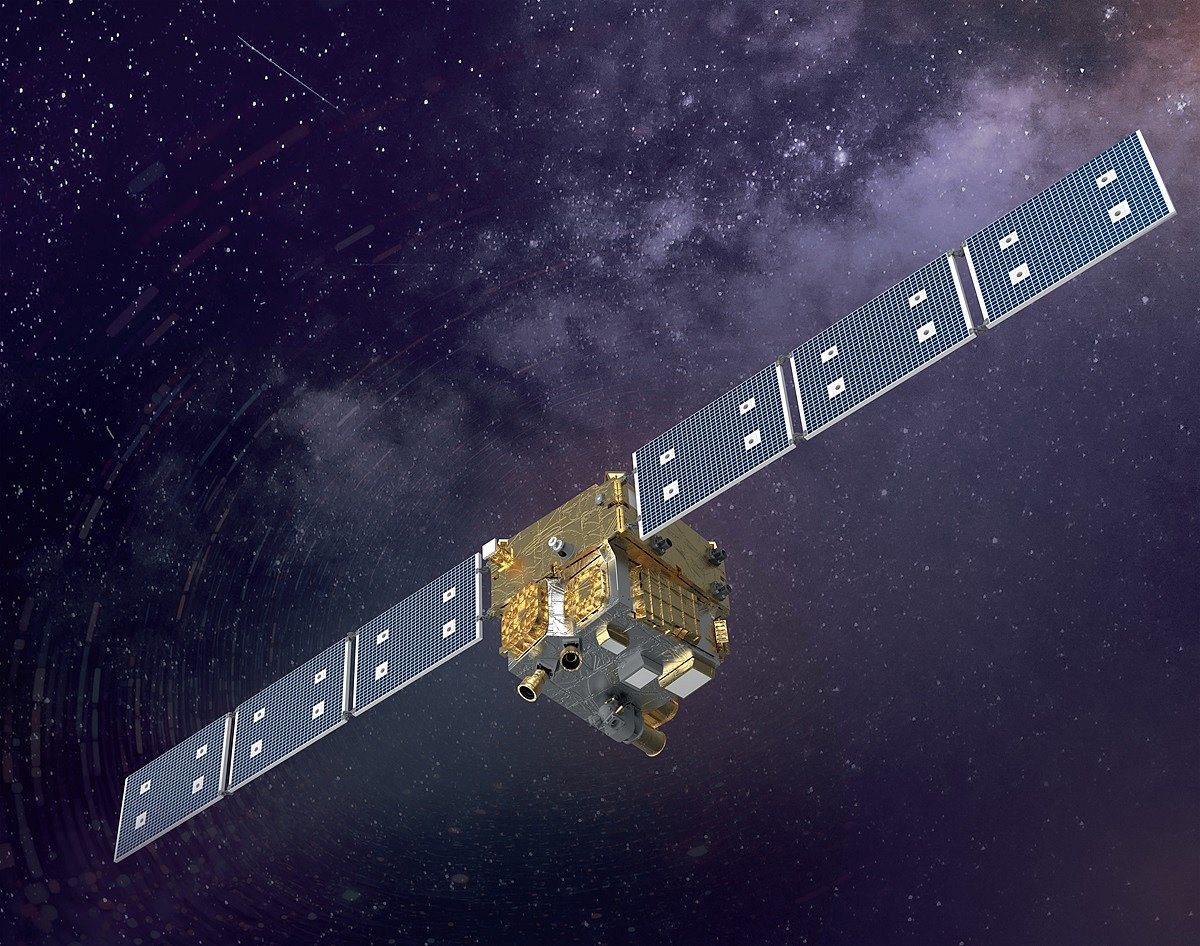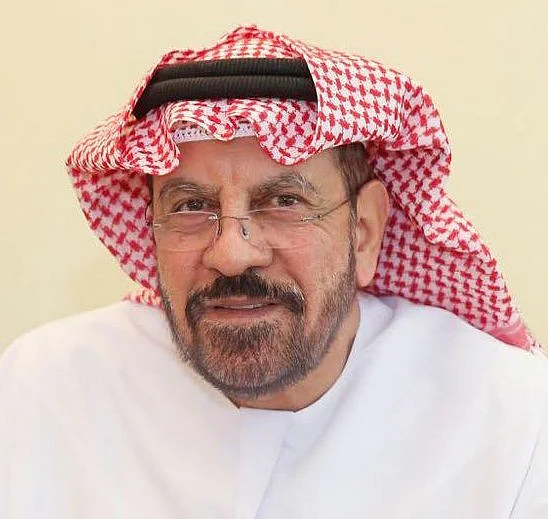UAE University announces readiness for launch of Arab satellite '813'
The launch of '813' marks a significant milestone in Arab space cooperation

United Arab Emirates University (UAEU) has announced the completion of preparations for the launch of the Arab satellite '813', scheduled for the last quarter of this year. The satellite has been developed by the university’s National Space Science and Technology Center (NSSTC) as part of an innovative educational and research program designed in collaboration with specialized partners in the space sector. The project aims to enhance academic and research excellence and promote scientific innovation at the university.
Through the initiative, UAEU students and researchers gain hands-on experience in designing, developing, and testing space systems, as well as utilizing satellite data in community-driven research projects. More than 30 engineers from the NSSTC at UAEU, along with several Arab engineers who underwent intensive training in satellite development, assembly, and testing, contributed to building the satellite — providing students and national talents with a unique learning and applied research experience.
Specifications of the Arab satellite '813'
Named '813' after the Hijri year marking the establishment of Baghdad’s House of Wisdom, the satellite weighs approximately 200 kilograms and falls within the small-to-medium satellite category. It will be launched into a sun-synchronous orbit at an altitude of 550–650 kilometers, enabling it to perform high-efficiency Earth observation missions.
All stages of the satellite’s design, assembly, integration, and environmental and functional testing were conducted within the NSSTC laboratories, demonstrating the university’s advanced research infrastructure capable of supporting world-class space missions. This also reflects the capacity of national talent to develop advanced technological solutions within the UAE.
High-resolution hyperspectral imaging system
The '813' satellite features an advanced hyperspectral imaging payload—the first of its kind developed locally—capable of capturing more than 200 narrow spectral bands across visible and infrared wavelengths. This enables detailed analysis of natural resources and environmental conditions.
It is equipped with advanced communication systems, including an S-band for control and an X-band for high-speed data transmission, utilizing locally developed antennas.
Operationally, the NSSTC has developed a comprehensive mission operations system for managing the satellite, and successfully completed communication tests with the ground station located on the UAEU campus in Al Ain. The ground station will handle data reception, processing, and conversion into maps and scientific indicators accessible to researchers and students.
The project also supports applied research in areas such as agriculture, natural resource management, and environmental monitoring through the center’s “HyperX” platform, which uses machine learning technologies to transform satellite data into practical tools that empower decision-makers and advance scientific research within the university.
This initiative underscores UAEU’s commitment as a leading academic and research institution in the region to leveraging advanced space projects as educational platforms that build student competencies and empower them to contribute to innovative scientific and technological solutions.
First Pan-Arab space project led by the UAE
The '813' project represents the first collaborative Arab space mission led by the United Arab Emirates, following the directive and announcement by His Highness Sheikh Mohammed bin Rashid Al Maktoum, Vice President, Prime Minister, and Ruler of Dubai, may God protect him. The project was presented as a gift to the Arab Space Cooperation Group during the Global Space Congress held in Abu Dhabi in March 2019, marking the signing of the group’s founding charter.
The initiative embodies the UAE’s leadership and vision in fostering Arab scientific collaboration in the field of space exploration and uniting regional capabilities for collective advancement. The name '813' pays tribute to the House of Wisdom in Baghdad, a historic center of knowledge and innovation that symbolized the Arab world’s golden age of scientific discovery.
Project supervision and funding by the UAE Space Agency
The UAE Space Agency is funding and supervising the project, while the National Space Science and Technology Center at UAEU leads its implementation in collaboration with the Mohammed bin Rashid Space Centre and other member states of the Arab Space Cooperation Group.
The Arab Satellite 813 stands out among hyperspectral satellites in terms of weight, size, and performance efficiency. The UAE Space Agency prioritized domestic development to ensure that design, manufacturing, assembly, testing, and operations are conducted within the country’s scientific institutions and laboratories — thus building Arab expertise in all phases of satellite engineering and data analysis.
From a scientific perspective, the satellite will contribute to:
Environmental mapping and monitoring
Observation and archiving of natural phenomena and resources
Land cover dynamics and crop condition assessment
Monitoring of inland water quality and distribution
Soil erosion and pollution studies in relation to climate change
Mining site monitoring and geological exploration
Detection of rare earth elements and key minerals
Identification and monitoring of current and prospective gas and oil exploration sites.
The launch of '813' marks a significant milestone in Arab space cooperation and reinforces the UAE’s position as a regional leader in space science, education, and innovation.
Sign up for the Daily Briefing
Get the latest news and updates straight to your inbox
Network Links
GN StoreDownload our app
© Al Nisr Publishing LLC 2025. All rights reserved.
